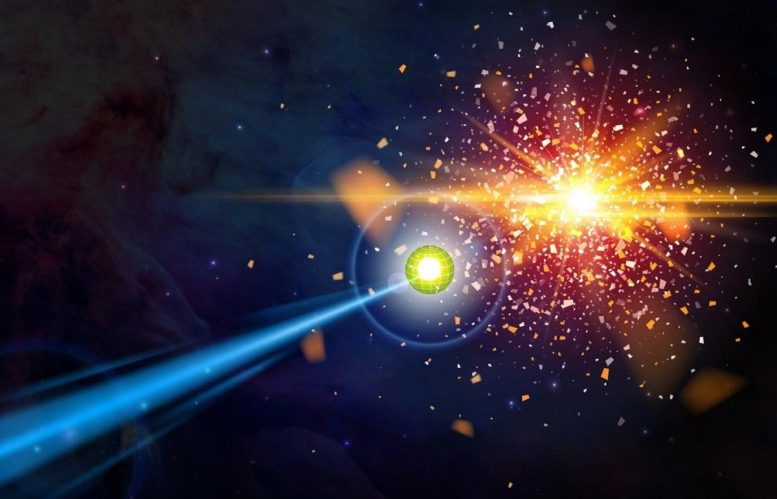
The illustration shows an aluminum-26 nucleus (green) escaping a supernova explosion. It will subsequently decay via gamma-ray emission that can be observed by satellites. Credit: Erin O’Donnell, FRIB
Scientists from the University of Surrey and the FRIB Laboratory at MSU teamed up to explore the origin of aluminum-26, a rare isotope that offers a window into dying stars. Their findings, “Exploiting Isospin Symmetry to Study the Role of Isomers in Stellar Environments,” were published in Physical Review Letters.
Aluminum-26 provides rare insight into processes in stars. It decays into magnesium-26, which emits a characteristic gamma ray observable with satellites. Magnesium-26 is detectable in presolar grains of material from stars that existed before the sun. The composition of these grains carries the fingerprints of their parent stars. The destruction rate of aluminum-26 by capturing a proton is critical for interpreting the amount of magnesium-26 observed in the universe. This research showed that the destruction of aluminum-26 by proton capture on the long-lived state is eight times less frequent than previously estimated.
Gavin Lotay, senior lecturer and director of learning and teaching at the University of Surrey, was the project’s spokesperson. Alexandra Gade, professor of physics at FRIB and in MSU’s Department of Physics and Astronomy and FRIB deputy scientific director, led part of the MSU collaboration.
Aluminum-26 has a long-lived quantum state that is difficult to study in a controlled way in the laboratory. The team used a transfer reaction that added a neutron to the radioactive isotope silicon-26 to study excited quantum states in silicon-27. These are the same states that are populated in the proton capture on the long-lived quantum state of aluminum-26. This was possible because protons and neutrons are subject to a symmetry that makes adding a proton to the long-lived state in aluminum-26 equivalent to adding a neutron to the ground state of silicon-26. The measurement used the Gamma-Ray Energy Tracking In-beam Nuclear Array (GRETINA), a national resource, and the laboratory’s S800 Spectrograph.
This research stems from a longstanding collaboration between the FRIB Laboratory and the University of Surrey, where direct nuclear reactions are used to populate quantum states whose exact energies and properties are of relevance to reactions that happen in stars. The staple of the collaboration has been the use of very sensitive gamma-ray spectroscopy to tag and characterize the excited quantum states of interest. Lotay eagerly anticipates the start of science at FRIB to further his research. He has submitted three proposals for beam time at FRIB that will be considered by the first FRIB Program Advisory Committee later this summer.
“We have now reached a truly exciting time in science, where we are able to directly probe the processes that occur in exploding stars,” said Lotay. “These celestial objects are responsible for the rich variety of chemical elements we find all around us and, by coupling gamma-ray spectroscopy with direct reaction techniques, the collaboration has been successful in obtaining key information needed to understand their properties. The collaboration is now poised to significantly expand the scope of its nuclear astrophysics program and capitalize on the vast swathe of opportunities available at the soon-to-open FRIB facility.”
Reference: “Exploiting Isospin Symmetry to Study the Role of Isomers in Stellar Environments” by S. Hallam, G. Lotay, A. Gade, D. T. Doherty, J. Belarge, P. C. Bender, B. A. Brown, J. Browne, W. N. Catford, B. Elman, A. Estradé, M. R. Hall, B. Longfellow, E. Lunderberg, F. Montes, M. Moukaddam, P. O’Malley, W.-J. Ong, H. Schatz, D. Seweryniak, K. Schmidt, N. K. Timofeyuk, D. Weisshaar and R. G. T. Zegers, 29 January 2021, Physical Review Letters.
DOI: 10.1103/PhysRevLett.126.042701
This research was funded by the U.S. Department of Energy (DOE) Office of Science Office of Nuclear Physics; the National Science Foundation; and the DOE National Nuclear Security Administration through the Nuclear Science and Security Consortium and the Science and Technologies Facilities Council of the United Kingdom.
Michigan State University establishes and operates FRIB as a user facility for the Office of Nuclear Physics in the U.S. Department of Energy Office of Science.
NSCL is a national user facility funded by the National Science Foundation, supporting the mission of the Nuclear Physics program in the NSF Physics Division.
The U.S. Department of Energy’s Office of Science is the single largest supporter of basic research in the physical sciences in the United States and is working to address some of the most pressing challenges of our time.


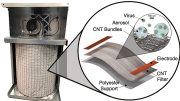
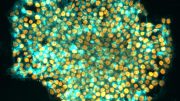



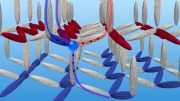
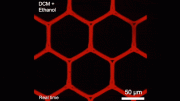
Be the first to comment on "Exploring Nuclear Reactions in Exploding Stars and the Origin of Aluminum-26"